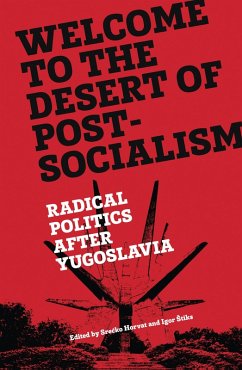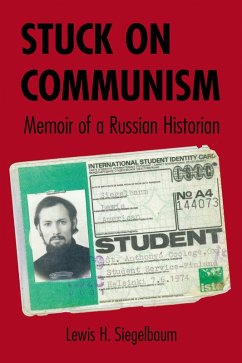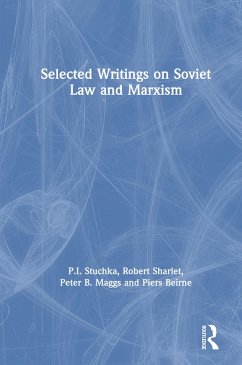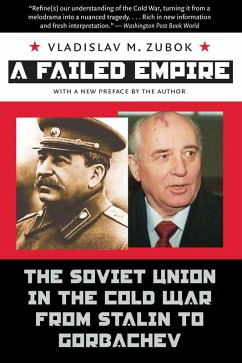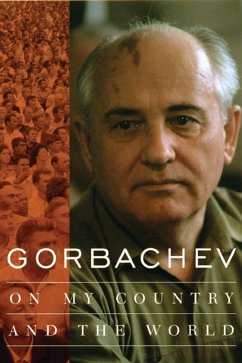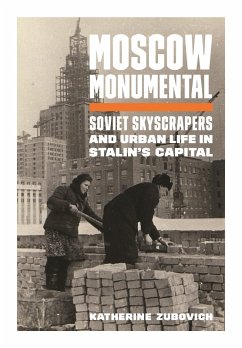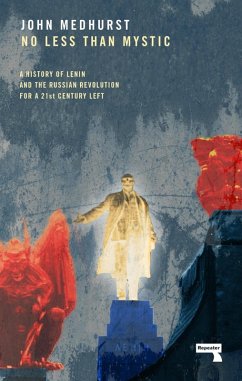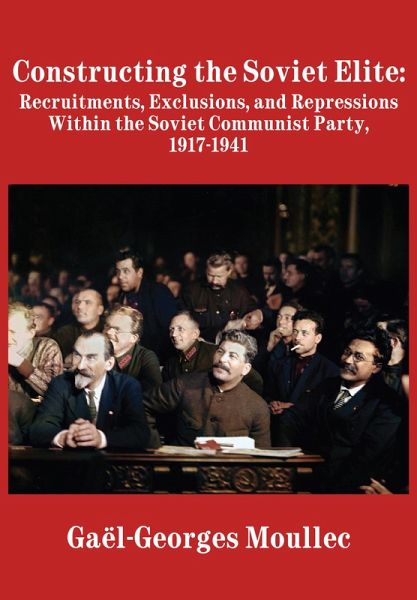
Constructing the Soviet Elite (eBook, ePUB)
Recruitments, Exclusions, and Repressions Within the Soviet Communist Party, 1917-1941
Versandkostenfrei!
Sofort per Download lieferbar
82,95 €
inkl. MwSt.
Weitere Ausgaben:

PAYBACK Punkte
41 °P sammeln!
The Soviet Communist Party faced a large-scale problem of regulating membership after the Russian Revolution of 1917. While recruitments were conducted mainly according to the internal Party rules, exclusion campaigns were periodically adopted to ensure ideological purity. In the decades before World War II, these reviews took various forms from mere administrative re-registration to violent purges that involved hundred of thousands of arrests among Party members. The so-called Great Purge of 1937-1939 implicitly recognized the failure of the party's original policy of recruitment and promotio...
The Soviet Communist Party faced a large-scale problem of regulating membership after the Russian Revolution of 1917. While recruitments were conducted mainly according to the internal Party rules, exclusion campaigns were periodically adopted to ensure ideological purity. In the decades before World War II, these reviews took various forms from mere administrative re-registration to violent purges that involved hundred of thousands of arrests among Party members. The so-called Great Purge of 1937-1939 implicitly recognized the failure of the party's original policy of recruitment and promotion, and of the inability of the Party's political leadership to influence membership.
Although the Great Purge proved tragic, its implementation revealed great preparation and almost daily membership management. As surprising as it may seem, the statistics on membership movements (accessions, expulsions, etc.) were never as well kept as they were from 1937 to 1939. After the Great Purge, a new and more intellectual membership rose to power. This generation presided over the destiny of the Soviet Union until Mikhail Gorbachev came to power in 1985. The innovative character of Gaël-Georges Moullec's study lies in the use of unpublished archival sources.
Although the Great Purge proved tragic, its implementation revealed great preparation and almost daily membership management. As surprising as it may seem, the statistics on membership movements (accessions, expulsions, etc.) were never as well kept as they were from 1937 to 1939. After the Great Purge, a new and more intellectual membership rose to power. This generation presided over the destiny of the Soviet Union until Mikhail Gorbachev came to power in 1985. The innovative character of Gaël-Georges Moullec's study lies in the use of unpublished archival sources.
Dieser Download kann aus rechtlichen Gründen nur mit Rechnungsadresse in A, D ausgeliefert werden.





